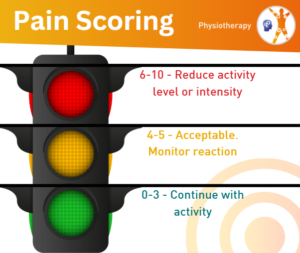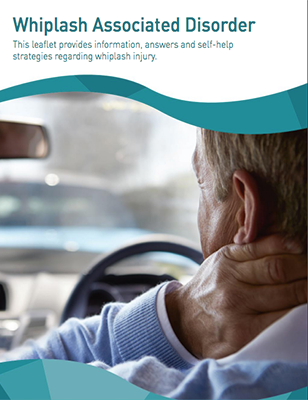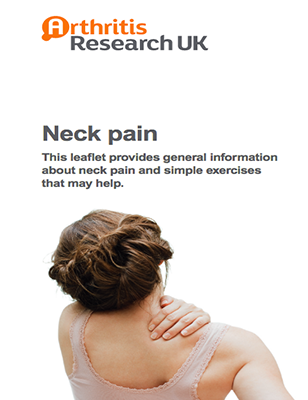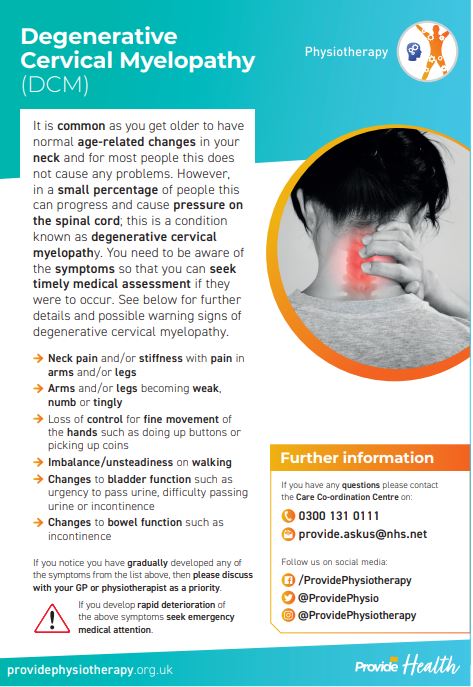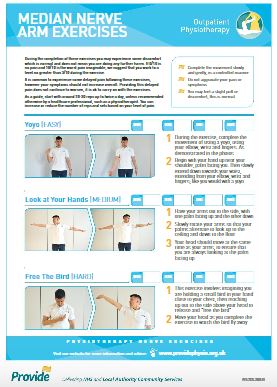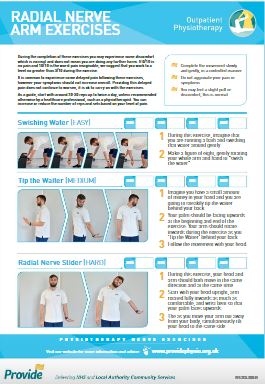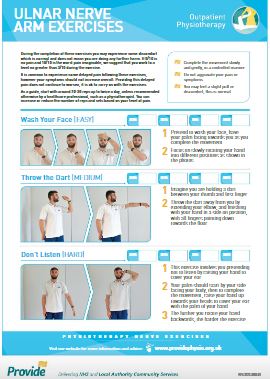Overview
Neck pain is a common problem – 2 out of 3 of us will experience it at some point. It’s not usually serious and most often eases on its own or with simple advice and neck exercises. Neck pain is often caused by a simple muscle strain or tension. Other causes include injury, such as whiplash, or gradual changes to the joints due to natural ageing.
As more and more people spend their working day at a computer or sat in an office, the neck and shoulder muscles can become stiff or overused.
With the right guidance and support, most people with neck pain will recover without the need for medical help. Understanding neck pain and what you can do to help yourself get better is an essential part of your recovery.
Type Of Neck Pain
Have you have been experiencing neck pain for less than 6 weeks? If yes, then you are suffering with acute neck pain.
This is a recent onset of pain which might be caused by a sprain or strain of the neck although more commonly it starts for no obvious reason without sustaining any specific injury to your neck. Even a period of stress or tiredness can cause pain and stiffness along with muscle tension across the neck and shoulders.
The pain can come on suddenly or over a few days or weeks and can range from a mild pain or ache to quite severe pain, which can be extremely distressing and can sometimes stop you carrying out your everyday activities.
Despite having acute neck pain, it is essential that you keep the neck moving from day one, even if you might have to temporarily do a little bit less than usual initially, and then gradually build up to return to your normal activates. Heat can also help to relax the neck muscles to allow slightly more movement too.
For more help with improving acute neck pain, please see other sections. Click Here for exercises that our physiotherapists would recommend to help with acute neck pain.
Have you been experiencing neck pain for more than 3 months? If yes, then you are suffering with persistent, also known as chronic, neck pain.
This type of neck pain will initially start like Acute Neck Pain although the pain continues even after the original cause of neck pain has healed. However, prolonged slouched sitting postures at home and work can still play a part. Check out these useful postural exercises to practice every day to help neck pain.
The pain you feel is just as real and unpleasant although it is much less to do with any ongoing tissue damage in the neck, but more due to an over sensitive protective system that continues to produce pain in your neck and sometimes the arms too.
This pain protective system can be influenced by multiple things including thoughts, feelings and beliefs as well as confidence to move the neck again.
Unfortunately, there are several unhelpful and incorrect messages given about neck pain which can actually make the problem worse. Click on the FAQ section to bust some myths about neck pain and start trusting your neck again.
Although persistent neck pain can be more complex, it can still be improved through understanding pain better and changing the way to approach it.
For more help with improving Persistent Neck Pain, please see other sections.
You can also Click Here for exercises that our physiotherapists recommend to help with persistent neck pain.
If you’re feeling pain in your neck that radiates down your arm, you may have Cervical Radiculopathy.
This is an umbrella term for any condition that is causing irritation of the nerves in the neck region and is the upper body equivalent to sciatica. Despite what you’re told and read, nerves are very rarely ‘trapped’. Pain will usually be worse in the arm than in the neck and you may also have some tingling, pins and needles or numbness in the arm and hand.
Cervical radiculopathy only happens in less than 5% of neck pain cases and usually gets better within 4 to 6 weeks but can last longer. The reasons for the pain lasting longer than this could be related to your thoughts and feelings about the problem and how you are approaching it so complete the section ‘Is My Neck Pain Likely To Persist?’ and visit the page on ‘Persistent Pain’ for more details if necessary.
Nerve gliding exercises can help to reduce your neck related arm pain and you can bias specific nerves depending on where you are experiencing the symptoms in your arm and hand.
If you are feeling pain and/or pins and needles mainly down the front of your arm and into the palm of your hand and thumb, index and middle finger – Click Here for median nerve gliding exercises to help reduce your arm pain.
If you are feeling pain and/or pins and needles mainly down the back or outer side of your arm and into the back of your hand – Click Here for radial nerve gliding exercises to help reduce your arm pain.
If you are feeling pain and/or pins and needles mainly down the inner side of your arm and into your ring and little finger – Click Here for ulnar nerve gliding exercises to help to reduce your arm pain.
However, there are some rare cases where it might be related to a specific structure in the neck. Click on Further Support for additional information and when to see a healthcare professional. Some people with cervical radiculopathy may require prescribed medication to help with nerve pain.
The most common cause of whiplash is due to a road traffic accident although any injury sustained from a sudden fast movement of the neck in one direction and then another can cause whiplash symptoms.
The common symptoms experienced are pain in the neck, shoulders and sometimes back with reduced movement in your neck. Headaches and temporary pins and needles in our arms can also develop.
Most whiplash injuries do not cause any lasting damage and symptoms usually improve over a few weeks or months although it is essential that you start moving your neck as early as possible despite pain and stiffness initially to recover quicker.
See the advice leaflet for Whiplash Associated Disorder for further help and guidance on exercises for you to try.
Visit here for more information on whiplash.
Self Help
Evidence has shown that people who understand their Musculoskeletal health problem and take an active involvement to help themselves have a much better outcome.
Here are some really helpful leaflets, videos, exercises and useful links to other websitesthat have been approved by our physiotherapists so that you can start getting better with your neck pain today!
This information is not intended or implied to be a substitute for professional medical advice, diagnosis or treatment if required. All content is for general information purposes only.
Click Here to access our getUBetter app, which is an easy, safe and effective way to support your recovery.
Leaflets
Videos
Exercises
Useful links
- Further information on neck pain including the ‘do’s and don’ts’ to ease and prevent neck pain yourself as well as when to seek medical advice.
- An overview of whiplash including symptoms, when to get medical advice, causes, treatments and outlook.
Further Support
If your neck pain is still not improving despite following the advice and guidance provided on the website and you score a ‘Medium’ or ‘High Risk’ when completing the ‘Is my neck pain likely to persist?’, you may require further help and support from the Physiotherapy Service. Please click on the ‘Physiotherapy Self-Referral’ box to refer yourself to the service for further management of your back problem.
Remember that most causes of neck pain are not due to anything serious, although there are rare cases where you would need to seek urgent medical help. See your GP as soon as possible if you have any of the following symptoms that have started around the same time as your neck pain:
- Numbness, pins and needles or weakness in one or both arms that’s getting worse
- Recent problems with your balance or walking
- Blurred vision, ringing in your ears or dizziness for longer than 48 hours
- Headaches unlike ones before
- Previous history of cancer
Alternatively, contact NHS 111 for further advice if you have any of the symptoms above.
FAQs
